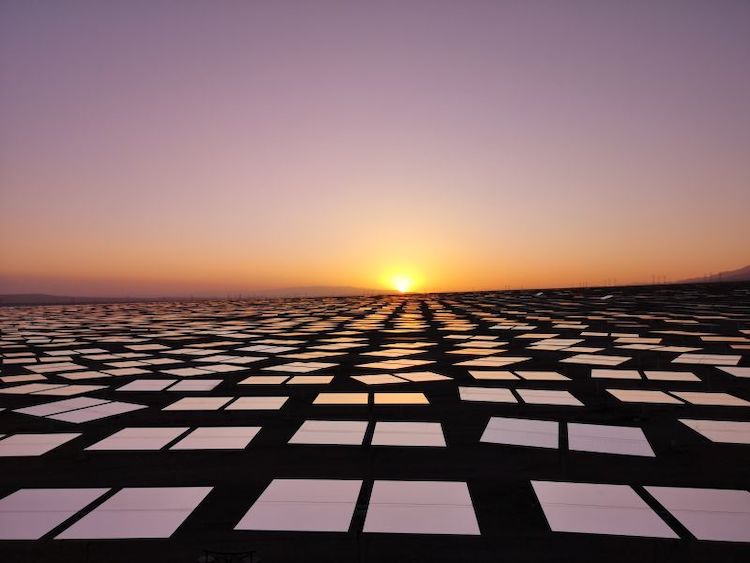
News Source: El Periodico de la Energia
It is estimated that by 2030, these technologies could electrify up to 8% of current global gas consumption, which would translate into a 2% reduction in global greenhouse gas emissions.
In a world increasingly aware of the urgency of acting against climate change, the transition to renewable energy sources has become a global priority. In this context, Spain emerges as one of the most attractive countries for the development of thermal storage , a technology that promises to revolutionize the way energy is managed and used.
Accelerating the energy transition has become imperative, especially in a scenario of geopolitical uncertainty and volatility in raw materials markets. The international commitment to reducing greenhouse gas emissions, ratified at the 2023 United Nations Climate Change Conference in Dubai, has driven the search for innovative and sustainable solutions in the energy field.
In this context, electrothermal energy storage (ETES) emerges as a promising technology. By integrating heat electrification with thermal storage, ETES offers an effective solution to decarbonize industrial heat , a major source of greenhouse gas emissions. One of the key advantages of ETES is its ability to use electricity generation from intermittent renewable sources , such as solar and wind power, to meet large-scale and continuous heat demand in industrial environments. This not only contributes to reducing emissions, but also improves security and energy independence. Furthermore, the technologies are already competitive with fossil fuels in specific cases, reflecting their potential to radically transform the energy landscape.
Favorable conditions
A recent study carried out by Systemiq Ltd has highlighted Spain as one of the most attractive countries for the development of ETES, thanks to a unique combination of favorable factors in the energy market. The price difference between electricity and natural gas, together with the flexibility of electricity grid rates, has created a favorable environment for the competitiveness of ETES against gas boilers.
The ability of ETES to optimize the charging schedule, harness backup heat sources, and connect directly to local renewables adds another layer of appeal to this technology. In Spain, in particular, local conditions and the structure of the electricity grid are aligned so that ETES can be even more affordable than gas boilers in certain scenarios.
Furthermore, the potential impact of thermal storage technologies in Spain is significant. It is estimated that by 2030, these technologies could electrify up to 8% of current global gas consumption , resulting in a 2% reduction in global energy-related greenhouse gas emissions.
Challenges
However, despite the potential of ETES, there are significant challenges that must be addressed to fully leverage this technology. Congestion on electricity networks can delay ETES projects by up to a decade in some regions, highlighting the need for regulatory reforms and changes to network planning to facilitate their implementation.
To close the affordability gap and further promote the development of ETES, a coordinated effort is required between policymakers, network operators and the industry. Reforming rates, taxes and discounts to favor grid use during periods of lower demand, as well as accelerating grid connection for flexible demand technologies, are crucial steps in this direction.
Ultimately, the drive towards a more sustainable energy future depends on the ability of countries, like Spain, to adopt and invest in innovative technologies such as ETES.


